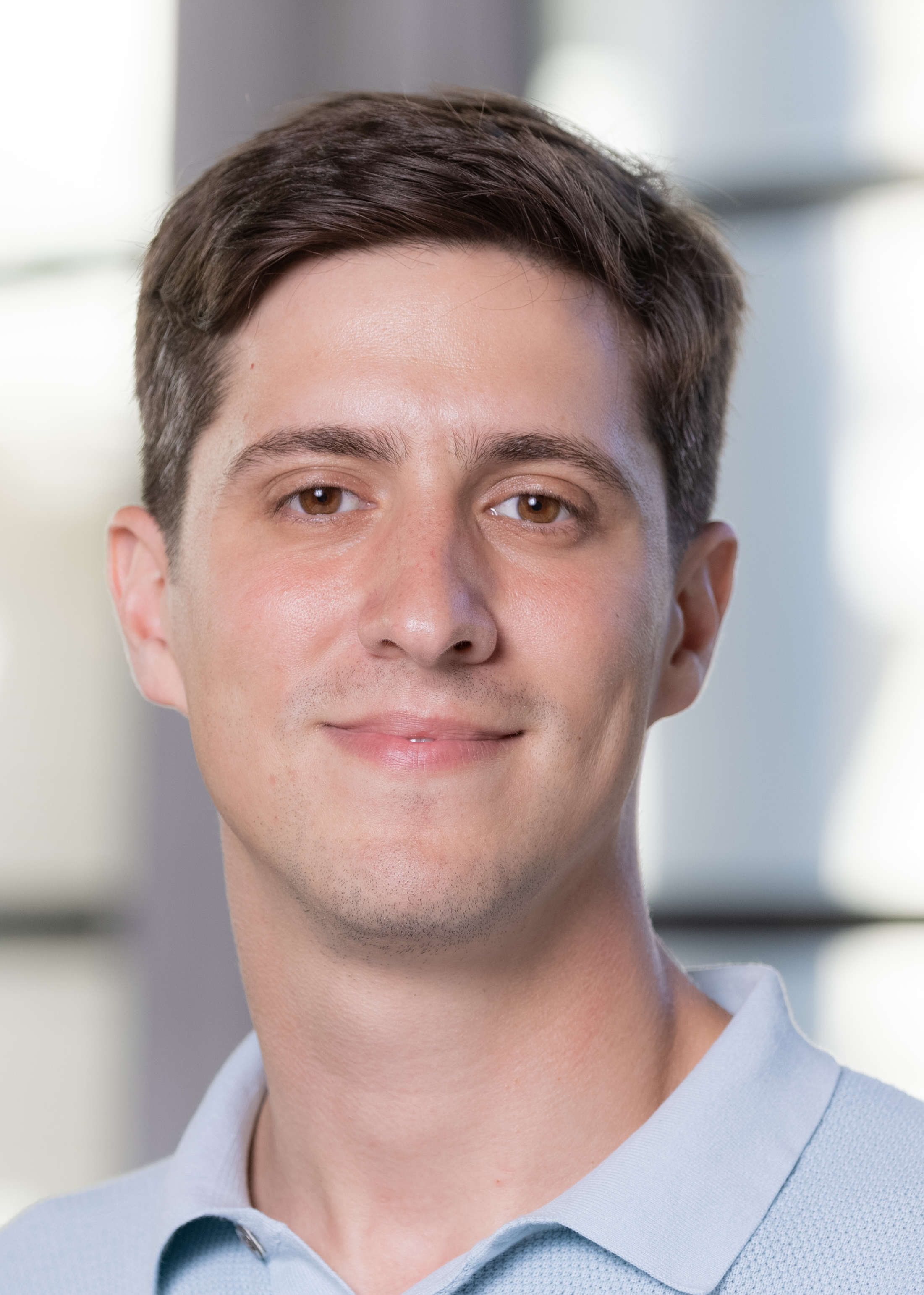Dr Omar Rifaie Graham

Lecturer in Chemistry
Email: o.rifaiegraham@qmul.ac.uk
Room Number: Joseph Priestley Building, Room G.04
Profile
- Lecturer (Assistant Professor) in Chemistry, Queen Mary University of London (UK), Sep 2023 – Present
- Postdoctoral Research Fellow, Imperial College London (UK), 02/2019 – 08/2023
- Postdoctoral Research Fellow, Adolphe Merkle Institute – University of Fribourg (Switzerland), 08/2018 – 01/2019
- PhD in Chemistry, Adolphe Merkle Institute – University of Fribourg (Switzerland), 08/2014 – 07/2018
- Research Assistant, University College London (UK), 02/2013 – 07/2013
- Licenciado in Pharmacy (BSc+MSc), Universidad Complutense de Madrid (Spain), 09/2008 – 03/2014
Awards
- 2023: ACS PMSE Future Faculty Award
- 2021: Swiss Nanoscience Institute “Best paper in nanoscience and nanotechnology”
- 2019: Best PhD thesis in Experimental Sciences Faculty of Science and Medicine, University of Fribourg, Switzerland.
- 2019: 3rd Ypsomed Innovation Prize.
- 2018: Top 3 PhD thesis in Switzerland, DCPI Swiss Chemical Society.
- 2017: SCS/SCNAT Chemistry travel award.
- 2016: Top 10 business idea prize on “Venture.ch”
My PhD was supervised by Prof Nico Bruns at the Adolphe Merkle Institute, University of Fribourg, Switzerland. My work focussed on the fabrication of cell inspired polymer nanocontainers that displayed ON-OFF biocatalytic activity in presence of external stimuli such as light or hydromechanical stress as well as polymerisation-based diagnostics for blood borne diseases. Moreover, a diagnostics company was spun-out from my PhD receiving over 1M USD in funding.
I joined the group of Prof Molly Stevens at Imperial College London as a Postdoctoral Fellow (Swiss National Science Foundation Early Postdoc Mobility Fellowship and Marie Skłodowska Curie Actions Individual Fellowship) to study the implementation of life-like properties to a family of aqueous polymer and enzyme ensembles through non-equilibrium feedback communication processes.
In September 2023, I joined the Department of Chemistry at Queen Mary University of London as Lecturer, where I lead a research group focussing on the synthesis of polymer-based artificial cells as experimental models to understand physicochemical parameters that underpin biological phenomena and to achieve novel technologies at the Living/Non-Living Interface.